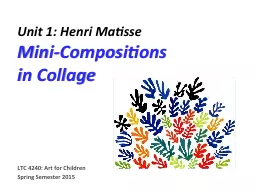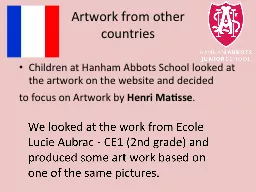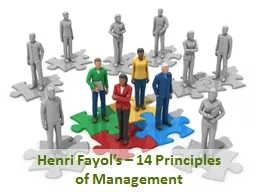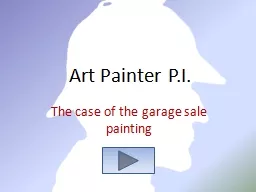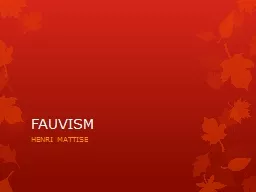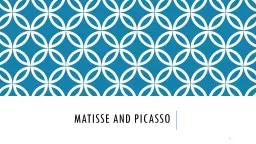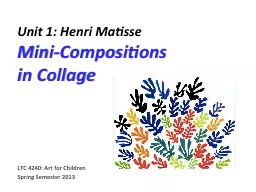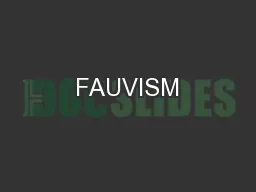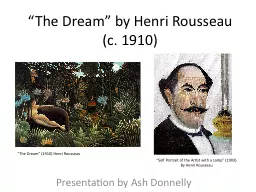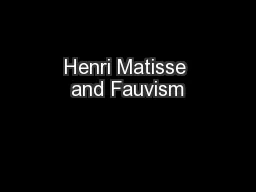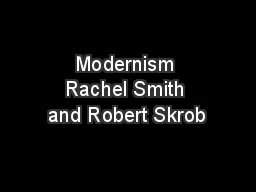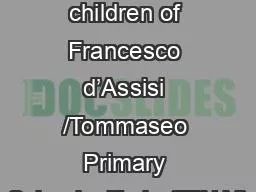PPT-Unit 1: Henri Matisse
Author : conchita-marotz | Published Date : 2016-03-06
MiniCompositions in Collage LTC 4240 Art for Children Spring Semester 2015 Henri Matisse was born in Northern France in 1869 His formal education was in law but
Presentation Embed Code
Download Presentation
Download Presentation The PPT/PDF document "Unit 1: Henri Matisse" is the property of its rightful owner. Permission is granted to download and print the materials on this website for personal, non-commercial use only, and to display it on your personal computer provided you do not modify the materials and that you retain all copyright notices contained in the materials. By downloading content from our website, you accept the terms of this agreement.
Unit 1: Henri Matisse: Transcript
Download Rules Of Document
"Unit 1: Henri Matisse"The content belongs to its owner. You may download and print it for personal use, without modification, and keep all copyright notices. By downloading, you agree to these terms.
Related Documents

